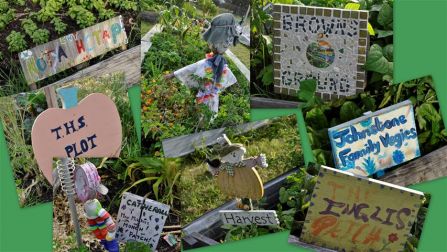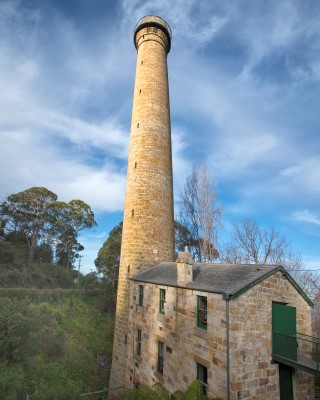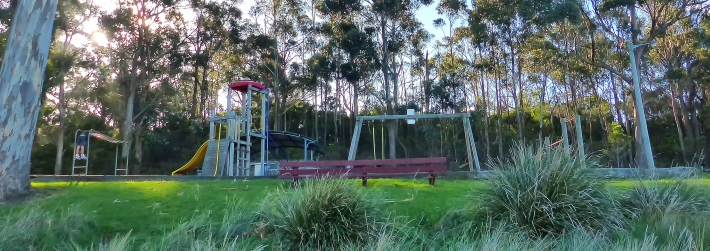
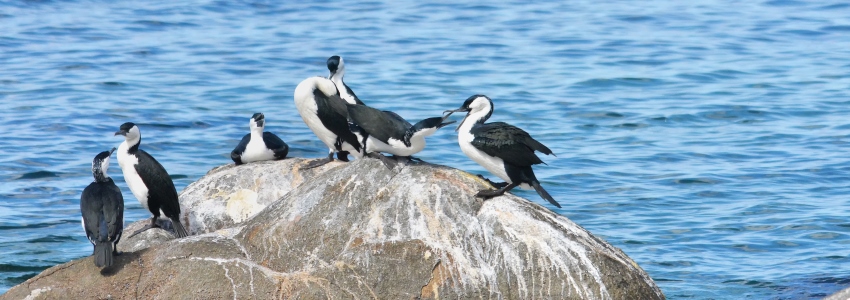
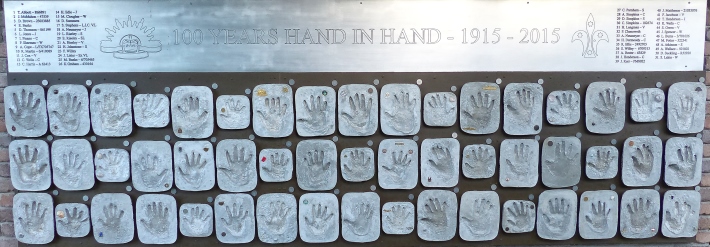

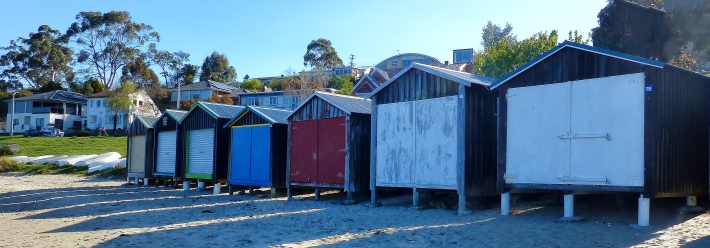
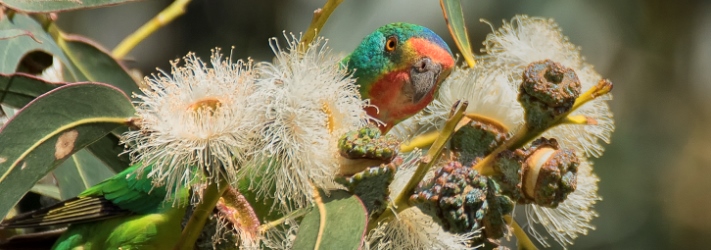
.jpg?template=generic)
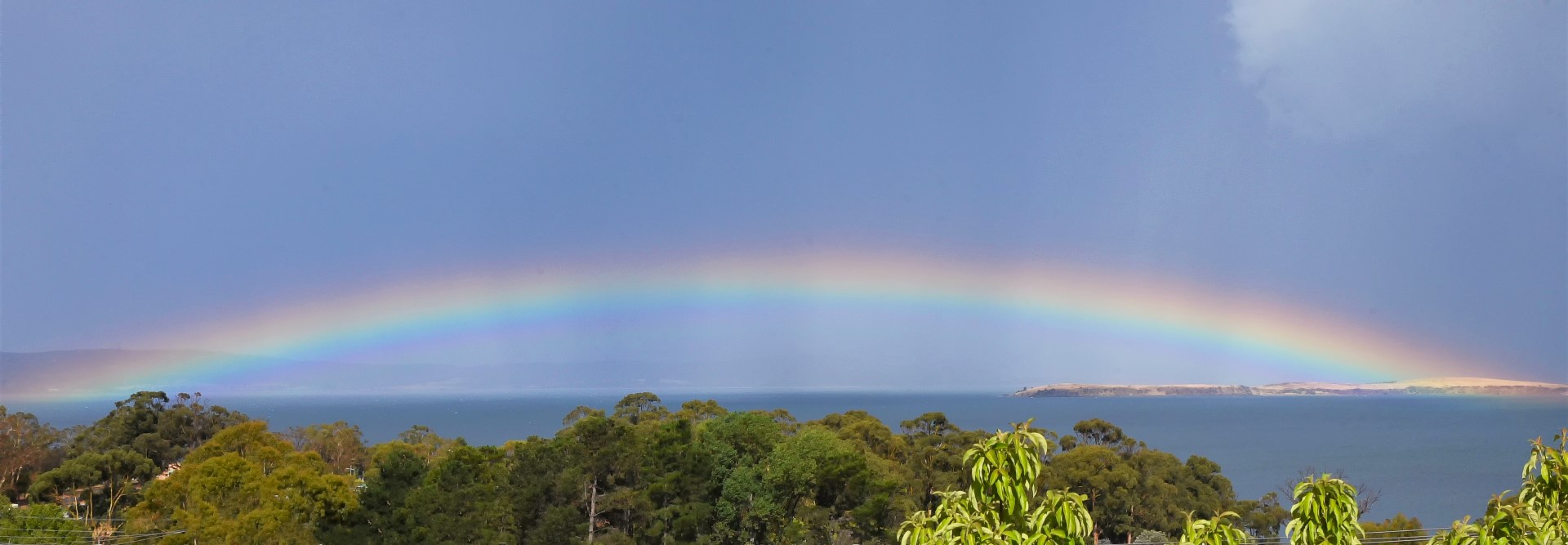

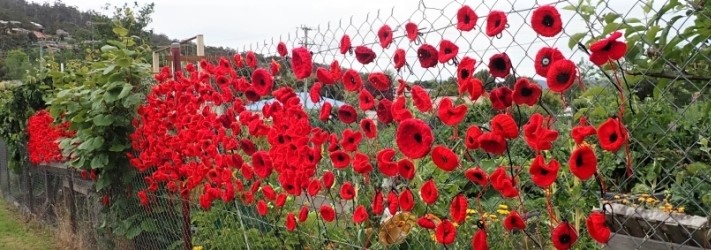
Management Plan
This page provides a summary of the Taroona Neighbourhood Garden Management Plan, concentrating on the important information that members, particularly new members, need to know as they work in the neighbourhood garden.
Here is a printable version of the complete plan, adopted late in 2010.
Compost bays
One or two bays will have compost ready for you to dig into your garden bed. If TNG has funds, compost is free. Sometimes there is a charge. Look for the signs. Compost and other supplies are for onsite use only, not for take-away.
One bay holds sand for you to dig into your plot (ie if soil is too clayey).
The top corner bay will be filling with green garden waste. Please chop up spent crops and weeds (ideally into 5 cm lengths) before adding them to the bay.
Please separate twitch (the grass with long ropey roots) and place it on the pile near the compost bays. It will be dealt with separately.
The compost crew will manufacture compost from the chopped garden waste, and TNG supplements that as required with purchased compost.
Hot compost recipe (Added 14 Feb. 2019)
Shed
Please use the tools in the shed and replace after use on hangers or against wall to minimize tripping hazards. Other supplies in the shed are for member use - eg seed bank, bags, pots, some organic pest control substances.
Please do not leave any dangerous or flammable substances in the shed.
Inner perimeter beds
Fruit trees are planted around the perimeter, but there is quite a bit of space between them where other crops can be grown. If you would like to plant in a neglected/empty section, please work up the soil and do so. You could also use these spaces for excess seeds and seedlings. Please label all planting appropriately. Do not cultivate or plant within half a metre of fruit tree stems to avoid root damage.
Crops grown on the inner perimeter are to be shared with all of the garden members, so when they are ready to harvest, place the green harvest-now flag in the plot.
Community beds
The two long community beds are divided into 4 sections for crop rotation. These will be planted (from spring 2010) according to a crop rotation plan. Crop rotation is about planting groups of similar vegetables together in a different part of the garden each year, to minimize build up of pests and diseases. These beds will be planted in four different sections, as marked with signs. There may be a working bee from time to time to plant these sections.
The four groups of vegetables for planting out sections are:
- 1. Sweet corn and cucurbits (pumpkin/zucchini/cucumber tribe)
- 2. Alliums and root crops (onion tribe, carrots, beets, parsnips etc)
- 3. Brassicas and legumes (cabbage tribe and pea/bean tribe)
- 4. Solanums (tomatoes, capsicum, chillies, eggplant, potatoes)
The rotational plots will be planted out by members at advertised workshop sessions. Members are invited to weed and water as the need becomes apparent. It may be necessary to roster members when required.
Outer perimeter
The outer perimeter narrow strip was prepared to keep the fence-line neat and minimize the competition of weeds with fruit tree roots. Take an empty section and plant it if you wish. Keep a space adjacent to the fruit trees clear. We suggest planting with flowers or climbing vegetables only (eg climbing beans, peas, cucumbers) as this is a dog exercise area.
Worm farms
These are kept to provide some vermiculture-compost for TNG plots. It takes about a year for each bin to fill and mature. Several local people add their kitchen scraps to the active bin, and small amounts of well chopped garden waste can also be added from time to time.
If you would like to add your household scraps, please make sure everything is well chopped. Do not add bread or anything that is mouldy, and only small amounts of citrus and onions please. Avocado pips and sweet corn husks take too long to break down so should not be added.
When indicated by a sign you can harvest ready worm compost. If digging it into your plot, lift the lid on the bin for 20-30 minutes before you take it to allow the worms to descend. You will inevitably get some of the compost worms in your plot, so wait a few days before planting as the birds will disturb the soil until they have taken the worms.
Green House
The greenhouse has two sections. The section divided into 17 separate spots is for people who want to grow many plants and have their own space. If this is you, put your name on the label on a vacant spot. The other section is for people who want to use the greenhouse a little bit. They should use the shared areas, which are labeled as "anyone" areas. Seedlings and cuttings in the plastic house will need to be watered every day as they dry out quite quickly.
Herb garden
Everyone including the general community is invited to pick herbs from the herb garden outside the perimeter fence.
Communication
News is posted on our website (/neighbourhood-garden) and on notice boards inside and outside the shed. Please check regularly. The committee also sends out regular emails with news about TNG. Please feel free to use the notice boards for garden related messages.
Any other communication to you from TNG will usually be by email You will be invited to join our email group. Please let a committee member know if your email address changes.
Who can harvest?
Members only (full members and associate members) are invited to take ready vegetables from the community plots or perimeter beds when they are marked with a green harvest-now flag, please leave a small donation in the box attached to the outer wall of the shed.
A few rules
- Cover the children's sand pit after use to keep animals out
- Keep the gates shut and if you have to bring a dog into the garden, keep it on a leash and off the vegetable plots.
- After using hoses, turn the water off at the tap tightly and rewind the hose around the tap stand.
- We are an organic garden. Please do not use poisons. A suggested list of controls is on our website.
Member obligations
In order to keep the garden thriving and producing, we ask each plot holder to contribute a minimum of 5-6 hours labour per year on general tasks (mowing, compost making and weeding etc). You can make your contribution at working bees which are held from time to time (usually on a Sunday afternoon) or just do a task as you see it and at a time that suits you. Occasionally suggested tasks will be posted on the notice board.
We also have occasional social gatherings and informative workshops. Plenty of notice of these will be given in posters on the shed and in email newsletters.
Memberships become due in January. The treasurer will send you a notice about how to pay. This information is also on our website.
We do not have a strict structure and welcome member participation in all aspects of the garden's activities. If you have knowledge or skill in any suitable area, please tell a member of the committee. (email tng@taroona.tas.au) We would love you to share your expertise through workshops, working bees or by taking on tasks and maintenance around the garden.
